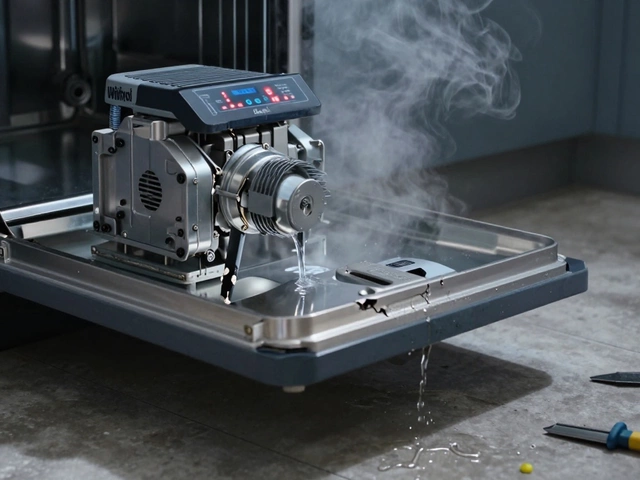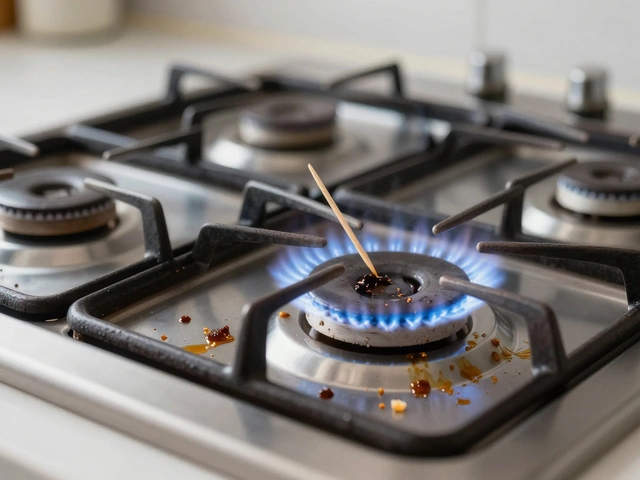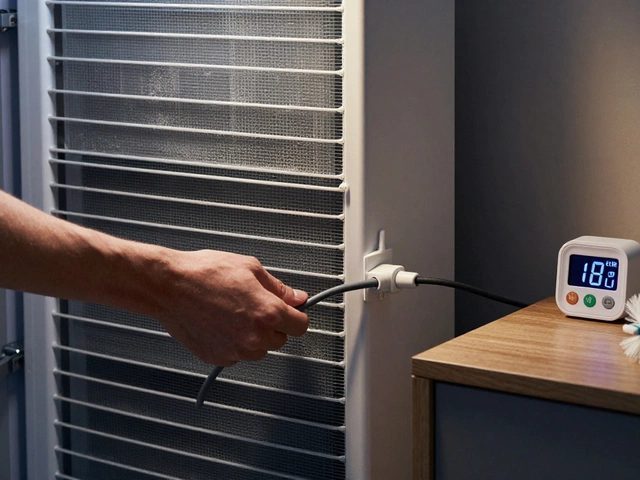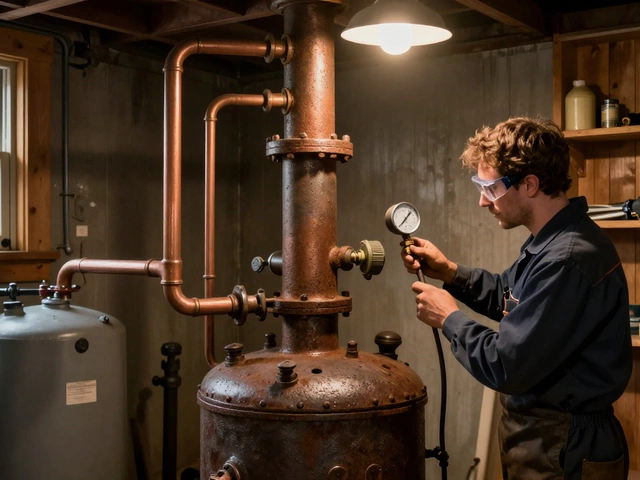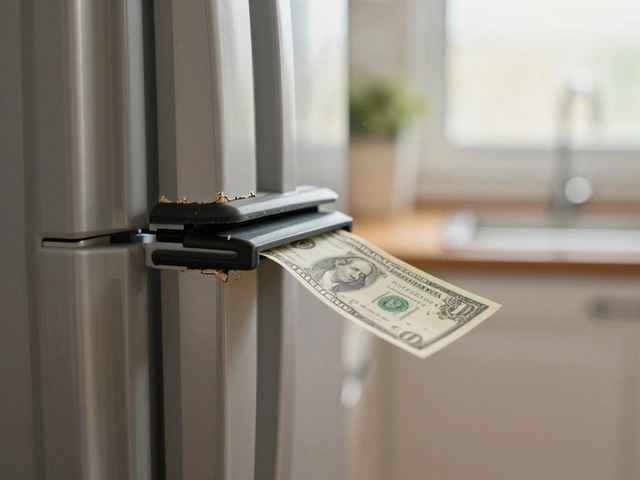Did you know that nearly half of households say their oven has let them down at least once? It’s wild. For something we trust to roast Thanksgiving turkeys and bake birthday cakes, ovens sure know how to act up at the worst moments. You prep your famous lasagna, set the oven, and suddenly—no heat. Or maybe half your cookies bake while the other half stay doughy and pale. It’s not just frustrating. It can ruin your dinner plans in seconds.
The Usual Suspects: Why Ovens Go Wrong
When your oven isn’t playing nice, it almost always boils down to a few familiar headaches. The first thing people notice? It won’t heat up. Sometimes it’s slow, other times you hear the click or see the digital display but nothing cooks. This usually turns out to be a busted heating element, a blown thermal fuse, or, in gas ovens especially, a cranky igniter. Modern ovens use electrical components that can burn out over time—just like old light bulbs. An electric oven uses a bake or broil element, shaped like a long, black snake at the top and bottom. When these filaments get old or develop cracks, they’ll stop working, and suddenly your oven is just a fancy kitchen shelf.
On the other hand, gas ovens depend on igniters that spark things to life. If that igniter gets weak, you might hear a click but get nothing more than a faint whiff of gas. Igniters can wear out, or the safety valves they feed to can jam shut. About 30% of service calls for ovens are for heating problems. A simple way to spot a dead heating element: if it doesn’t glow red when the oven’s on, it’s cooked—just not your food.
Temperature troubles are another classic. Maybe your oven is too hot, not hot enough, or gives you wild swings mid-bake. A worn-out thermostat is often at fault, sending bad ‘readings’ to the control board. Poor door seals mess things up too—a loose or cracked gasket lets heat leak out, leading to unpredictable results (and higher energy bills). Replacing an oven gasket is often a DIY job and can save a surprising amount of frustration. Don’t forget about dirty sensors; even a little grease or old food stuck to the temperature probe can trick your oven into shutting off early.
Strange noises like rattling or ticking? Those usually come from fans or convection motors struggling with collected gunk or wear. Some ovens include cooling fans that keep the electronics happy, and if these fail, your oven could overheat—or play you a tune of squeaks and knocks mid-dinner. Even the humble oven light can point out deeper problems; if the light burns out quickly, you could have an issue with the wiring or power circuit itself.
Sometimes, what looks like a major problem is a case of a tripped circuit breaker or a loose wire at the back panel. About 18% of service calls for ovens are solved with a quick check of the electric panel. Before you call in a pro, double-check your breakers or try unplugging and re-plugging if your oven’s digital display has frozen. It sounds too simple, but it often works.
Easy Fixes (and When to Call for Help)
When your oven starts acting up, a little detective work can go a long way. If it’s not heating, first check your power supply—sometimes outlets or breakers fail, especially in older homes. For electric ovens, pop open the back and see if the heating element looks cracked or burnt. If it’s broken, replacements are sold online and at hardware stores; just unplug the oven, unscrew the frame, swap in a new element, and reconnect the wires. Gas ovens are a bit trickier, but swapping out an igniter is a common repair. Remember to always turn off the gas and disconnect power before going near any repairs—safety first.
If your oven bakes unevenly, sometimes all it takes is cleaning or replacing the door gasket. Open the door and run your fingers along the seal. If it feels greasy, cracked, or torn, peel it out and snap in a new one. A misshapen rack can also throw off your bake, so make sure racks sit flat and aren’t warped from too many high-heat sessions. For digital ovens, try resetting the ‘calibration’—instructions are usually found in your manual. If you’ve lost yours, most brands post PDFs on their websites. Simple recalibration can adjust your oven up or down by 10-20 degrees, bringing your cookies or roasts back in line.
Don’t ignore odd noises. If your oven rattles or groans, it could just be that a screw came loose, or there’s buildup around the fan. Turn off the power, remove the rear panel, and clean out dust or crumbs with a vacuum and soft brush. Ovens are magnets for grime in all the wrong places—keeping things clean goes a long way.
For ovens that simply won’t respond—no lights, no sounds, nothing—the problem might be internal wiring, a broken thermostat, or a control board that’s burned out. At this point, unless you’re handy with electronics, it’s probably best to call in a pro. The same goes for persistent gas smells, electric shocks, or sparking. There’s a reason licensed oven repair techs are busy—sometimes, you need the right parts, know-how, and tools to tackle the next-level jobs.
- Reset your oven if it’s unresponsive—power cycle it like you would a stuck computer.
- Ask your local hardware store for oven gaskets or heating elements. Bring the model number—it helps more than you’d think.
- Read up on your oven’s manual and keep it handy. A surprising number of fixes are in the troubleshooting section.
- If the repair involves gas, electricity, or large disassembly, it’s safer (and cheaper long-term) to call an expert.
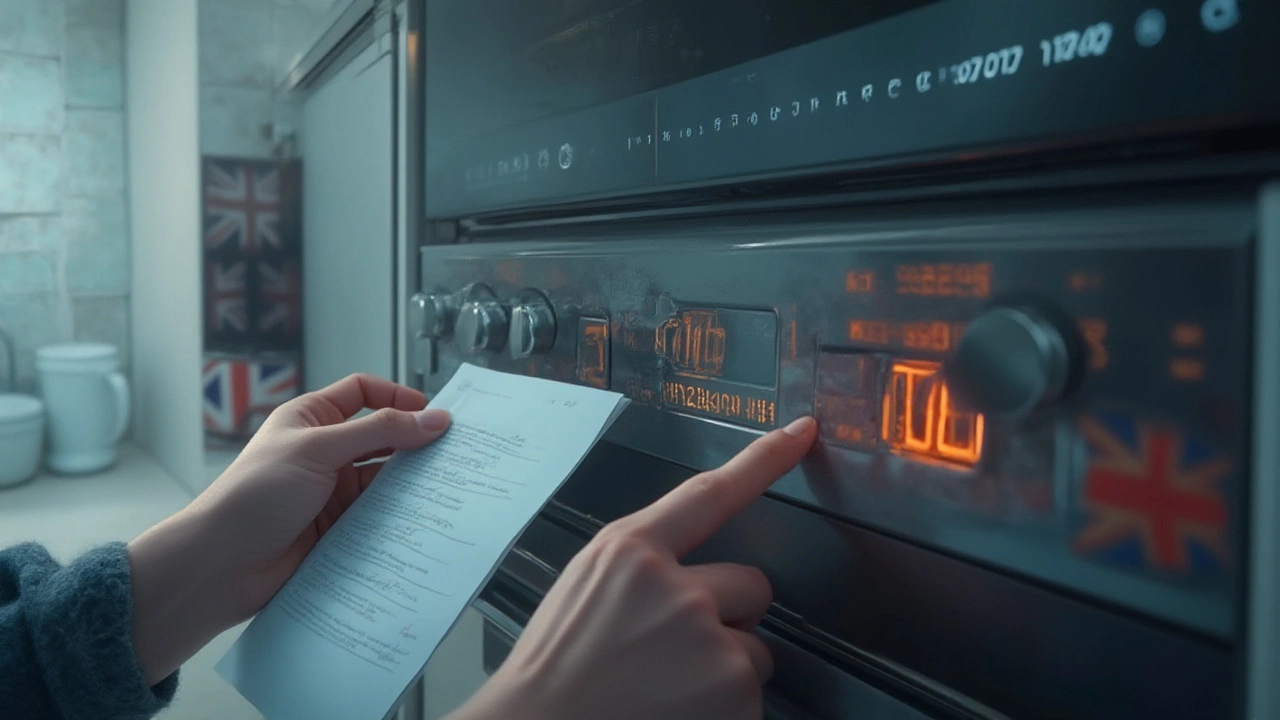
Preventing Oven Problems Before They Start
The boring truth? Regular cleaning and maintenance solve most oven problems before they ever crop up. Grease and burnt-on food not only make your oven smoke—they also fry sensors, clog fans, and eat away at door seals. Wipe down the inside after each big cook, especially around the sensors and elements. Use the self-clean feature if you have one, but never leave the house while it’s running—these cycles get hot enough to trigger smoke alarms and, in rare cases, damage control boards.
Replace oven light bulbs as soon as they die; that little bulb pulls minimal power, but a surge from old wiring can knock out switches or short-circuit your display. Gently vacuum the oven’s back and bottom once every couple of months to suck out crumbs and dust around the fan. For homes near the ocean or in humid areas, rust is the enemy; keep the oven door slightly ajar after heavy use to dry out condensation.
Keeping the oven calibrated saves on energy and frustration. In a 2023 study, ovens that ran only 10 degrees off caused undercooked chicken and burned bread in half the test bakes. Here’s a tip: hang a dedicated oven thermometer from the middle rack and check temperatures every so often. If you spot a gap, recalibrate as needed.
No one likes dragging out the big user manual, but keeping it in a kitchen drawer is smart. It’s packed with diagrams that show exactly what’s hiding behind a panel, so if you ever need to replace a part or check a setting, you won’t be guessing. Most brands—like GE, Whirlpool, Samsung, and Bosch—update manuals for newer ovens each year, and sometimes, the fix for a mystery error code is just a button combo you missed.
Watch for the little things: the clock blinking, the timer failing, or the preheat taking much longer than before. These can be the canary in the coal mine. Tackling them early makes it less likely you’ll end up with a half-cooked pizza and a house full of hungry faces.
| Problem | Reported % | Common Fix |
|---|---|---|
| No Heating | 31% | Replace heating element or igniter |
| Uneven Cooking | 24% | Recalibrate temperature or replace gasket |
| Not Turning On | 18% | Check breaker/wiring, replace fuse |
| Noisy Operation | 12% | Clean/replace fan or motor |
| Error Codes | 10% | Reset, check control board/manual |
| Other | 5% | Call technician |
Oven Myths (and What Actually Matters)
It’s tempting to blame every kitchen disaster on your oven, but sometimes it’s not the machine’s fault. A bit of myth-busting can save you time and money. People often say you should never open the oven door during baking, but in reality, modern ovens recover heat pretty fast. Peeking in once or twice won’t ruin a soufflé. On the other hand, overstuffing the oven really does throw off airflow—which means cakes with sunken centers and spotty browning. Always leave a little room between your trays and the oven walls.
Some folks swear by cooking stones or special trays to even out temperatures. These work, but only if the underlying heating elements and sensors are working normally. If half of your pizza always stays raw no matter what, check that the fan is spinning (for convect ovens) and that the element is glowing red under the pan. Timer and display problems? Don’t ignore them—sometimes, a $5 diodes or fuse swap restores your controls and keeps your oven safe from shorts down the line.
People tend to worry about ‘energy-saving’ oven tips, but most modern ovens already use smart tech to cut standby wattage. What matters more is keeping the door seal tight. A new gasket can knock $20 off your energy bill each year by cutting heat loss. For older ovens, plugging them into a surge protector helps shield the electronics from power spikes—especially if your home gets brownouts or storms.
Finally, resist the urge to DIY gas line repairs or deep wiring fixes. The web is full of tips, but even handy types can get into trouble (and violate codes) without the right tools. There’s a reason some jobs belong to experts. Most warranty policies, for example, require professional repair for anything involving the gas valve or control panel.
The next time your oven throws a fit, remember: It's almost always a common, fixable issue. Whether it's a misbehaving heating element or a loose door seal, now you’ve got a toolbox of real-world fixes, fewer surprises, and tastier results. And hey, you’ll look like the kitchen hero the next time someone else’s oven goes south.

